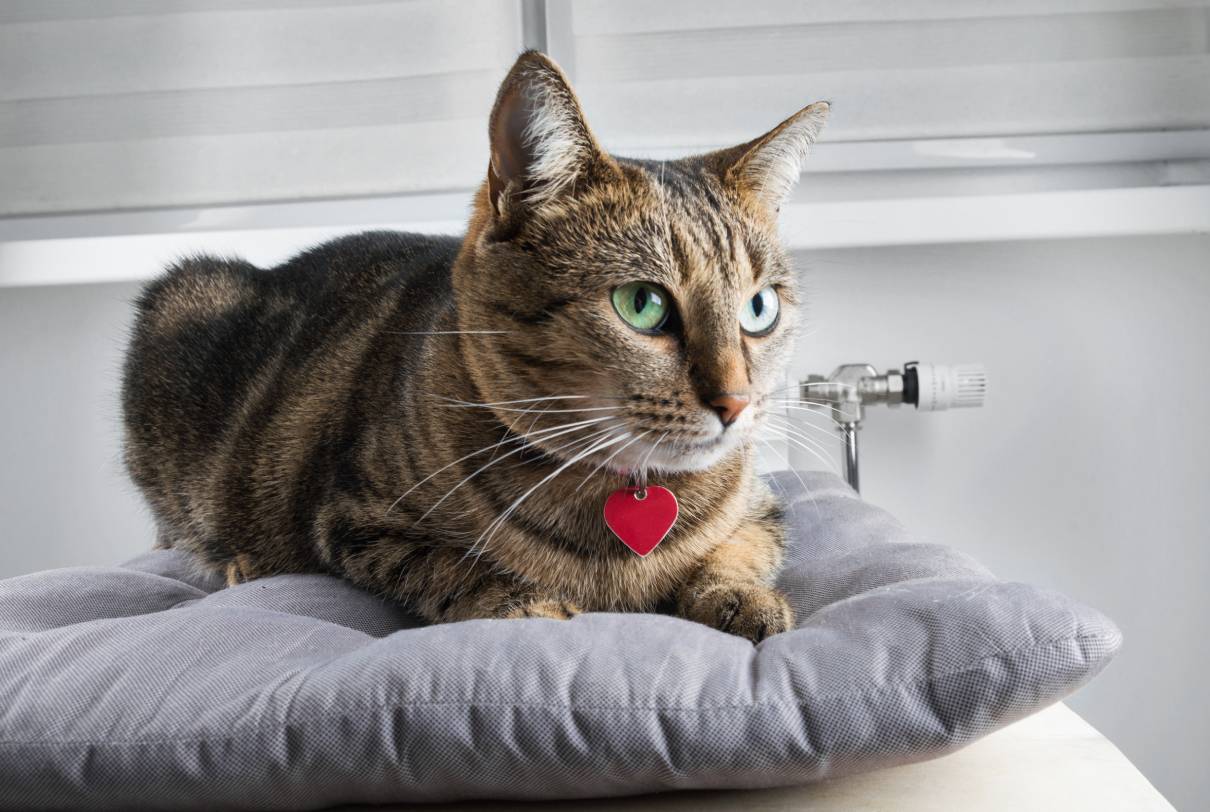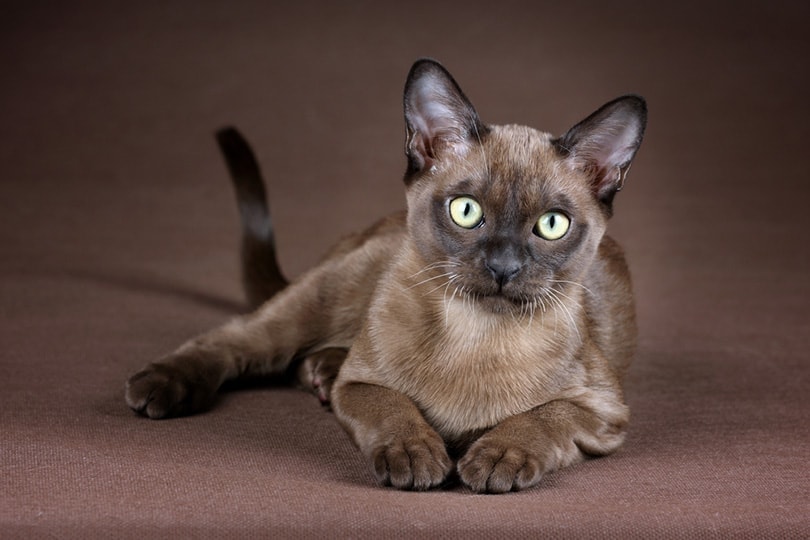7 Common Oriental Shorthair Cat Health Problems (Vet-Reviewed)

Updated on

The Oriental Shorthair is a Siamese hybrid cat developed in England in the 20th century. Like Siamese cats, Oriental Shorthairs develop strong attachments to their human companions.
Oriental Shorthairs also experience similar genetic health problems as Siamese. Here are seven common Oriental Shorthair cat health problems.
Top 7 Common Oriental Shorthair Cat Health Problems
1. Amyloidosis
Amyloidosis is a disease that occurs when a type of protein, an amyloid, is deposited in the internal organs. This disease is common among Siamese cats, as well as Oriental Shorthairs. Certain family lines of Siamese cats are predisposed, but there’s no clear genetic profile in the affected cats. The kidneys and liver are the most commonly affected organs.
Signs and symptoms:
- Appetite loss
- Lethargy
- Increased drinking and urination
- Weight loss
- Vomiting
- Diarrhea
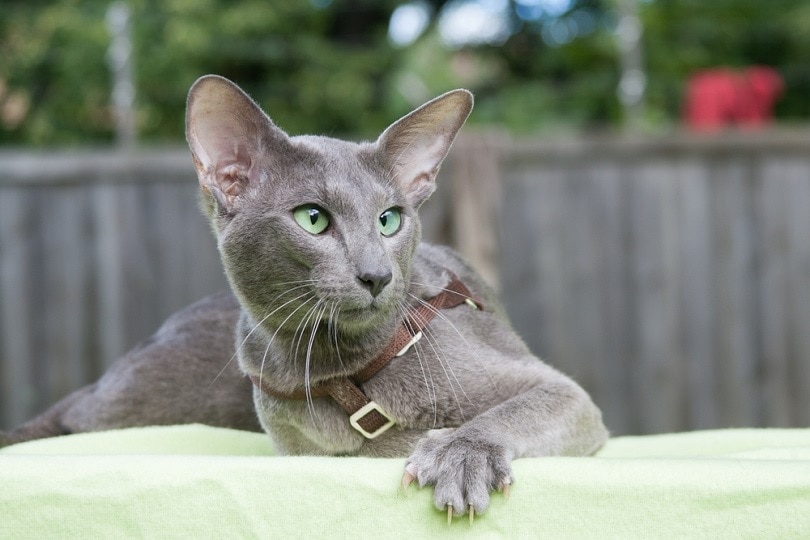
2. Asthma
Asthma is a common disease in cats as a species, as well as Siamese and Oriental Shorthairs. This disease affects the lower airways of the lungs in 1 to 5% of cats. Most experts agree that asthma is an allergic reaction to inhaled allergens, which activate the cat’s immune system. As a result, the airways become irritated, swell, and restrict breathing.
Signs and symptoms:
- Difficulty breathing
- Wheezing
- Rapid breathing
- Coughing
- Open-mouthed breathing
- Vomiting
3. Congenital Heart Defect
Congenital heart defects are more common in Siamese and Oriental Shorthair cats. This may include a defect in the heart during development or a genetic disorder in the function of the heart. These may include heart murmurs, or specifically with Siamese cats, patent ductus arteriosus (PDA). The ductus arteriosus shunts blood away from the lungs during prenatal development, then closes at birth. With the defect, the ductus arteriosus fails to close, and blood flows to the chest, abdomen, and hind limbs. Siamese cats may also develop dilated cardiomyopathy, which is when the heart muscle gets thinner and weaker as the heart enlarges.
Signs and symptoms:
- Poor appetite
- Lethargy
- Weight loss
- Increased respiratory rate
- Collapse
- Sudden hind leg paralysis
- Stunted growth
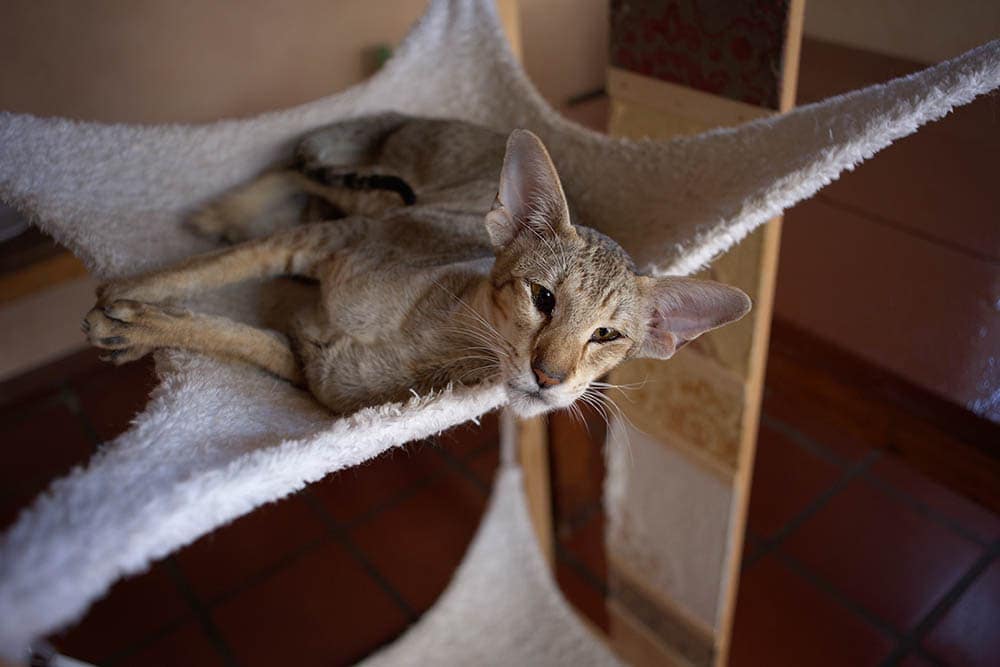
4. Hyperesthesia Syndrome
Hyperesthesia syndrome is an obscure cat disorder that causes cats to bite or lick their back, tail, and pelvic limbs. The nervous and neuromuscular systems, along with the skin, are impacted. While this can develop in any breed of cat, Siamese and other purebreds are predisposed.
Signs and symptoms:
- Twitching skin
- Swishing of the tail
- Repeated biting and licking
- Dilated pupils
- Agitation
- Erratic behavior
5. Lymphoma
Lymphoma is a cancer of the cells in the immune system. Because lymphoma is associated with feline leukemia, cats may be vaccinated to reduce the risk of this type of cancer. It’s still a common cancer diagnosis in cats, however.
Signs and symptoms:
- Weight loss
- Vomiting
- Diarrhea
- Appetite changes
- Respiratory difficulties
- Increased thirst
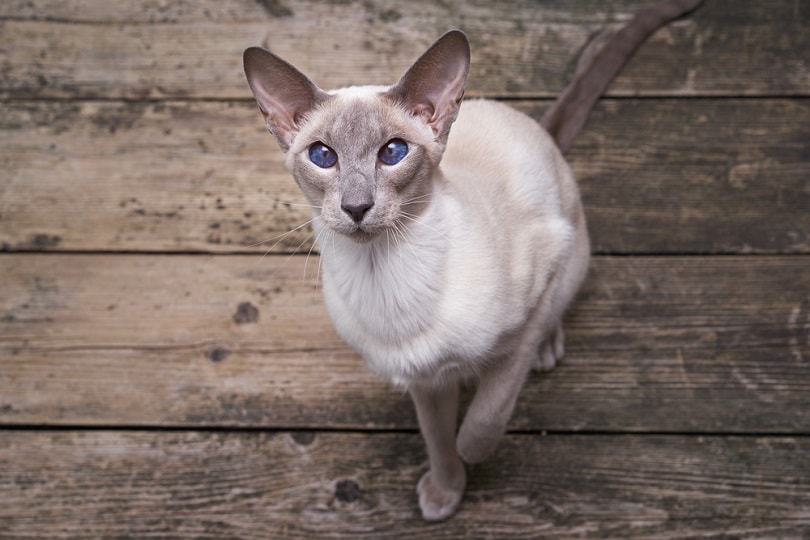
6. Progressive Retinal Atrophy
Progressive retinal atrophy is a common health condition in cats and refers to a group of degenerative diseases that affect the photoreceptor cells of the eyes. Over time, these cells deteriorate, leading to blindness in the cat.
Signs and symptoms:
- Nervousness at night
- Reluctance to be in darkness
- Bumping into objects in dim light
- Highly reflective eyes
- Dilated pupils
7. Megaesophagus
Megaesophagus is a condition that affects the esophagus, the tube that carries food from the mouth to the stomach through contractions. With megaesophagus, the esophagus is enlarged and doesn’t move food properly. Cats may struggle to eat properly, suffering from malnutrition. Cats can also inhale food, causing aspiration pneumonia.
Signs and symptoms:
- Gurgling when swallowing
- Excessive salivation
- Visible bulging of the esophagus
- Coughing and gagging while eating
- Bad breath
- Muscle weakness
- With aspiration pneumonia, rapid breathing, fever, lung sounds
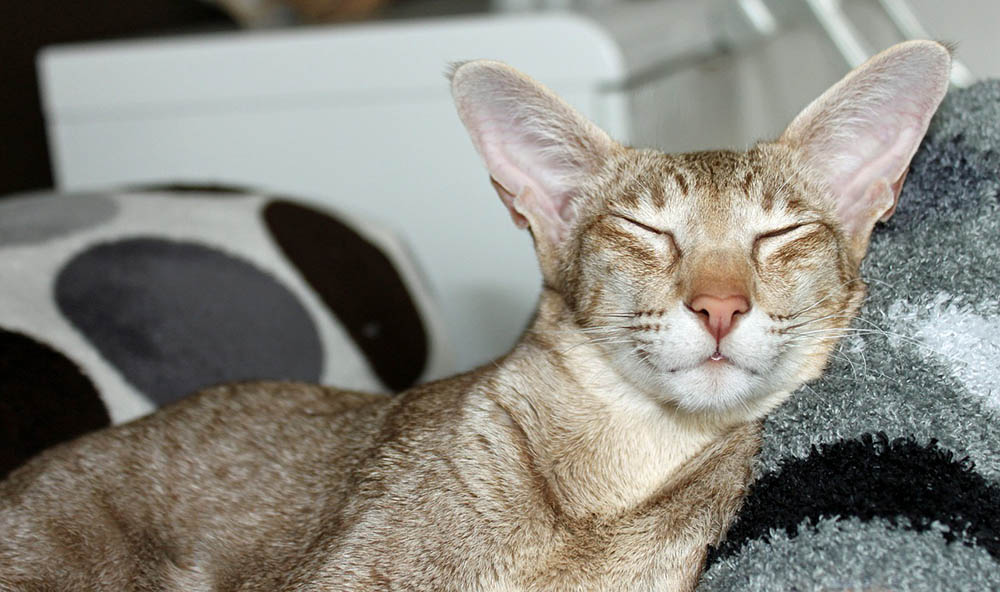
Other Health Conditions in Oriental Shorthair Cats
The conditions listed above are more common in Oriental Shorthair and Siamese cats but still only affect a small number of the breed. Along with the diseases on this list, Oriental Shorthair cats may develop other health conditions that are common in any breed of cat. Cancer, diabetes, and feline immunodeficiency virus (FIV) are all common in cats and can be serious or fatal. Oriental Shorthair cats may also develop infestations from fleas, ticks, or parasites, which can be prevented with medication. The best way to keep your Oriental Shorthair healthy is with regular exams, vaccinations, and parasite prevention from your vet.
Conclusion
Oriental Shorthairs are quirky, adorable cats with easygoing personalities. Because they come from the Siamese breed, they’re prone to many of the same genetic health conditions. Fortunately, many of these conditions can be managed or prevented with regular veterinary care.
Featured Image Credit: Jolanta Jd, Shutterstock




